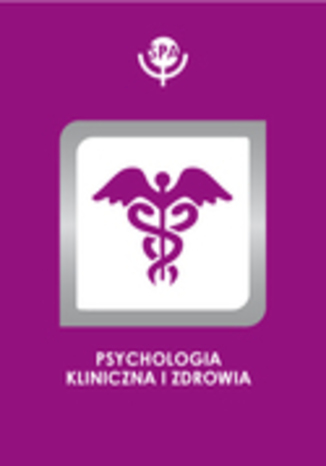Rozpoznawanie i różnicowanie zaburzeń dysocjacyjnych – wyzwania w praktyce klinicznej

Radosław Tomalski, Igor J. Pietkiewicz
DOI:10.14691/CPPJ.25.1.43
Rocznik: 2019 Tom: 25 Numer: 1
Strony: 43-51
The aim of this paper is to describe various forms of psychoform and somatoform dissociation, illustrating them with typical positive and negative symptoms. Different obstacles in identifying these symptoms during clinical assessment are also mentioned, including: insufficient training for psychiatrists, psychologists and psychotherapists about dissociation and trauma-related disorders, or patients’ phobic reactions and reluctance to discuss issues associated with traumatic experiences. Unclear diagnostic criteria and ambiguities related to psychiatric manuals are also discussed. Popular instruments utilised in the clinical assessment of dissociative symptoms, such as screening tools and structured interview protocols are also presented.









 Pobierz pełny tekst
Pobierz pełny tekst



